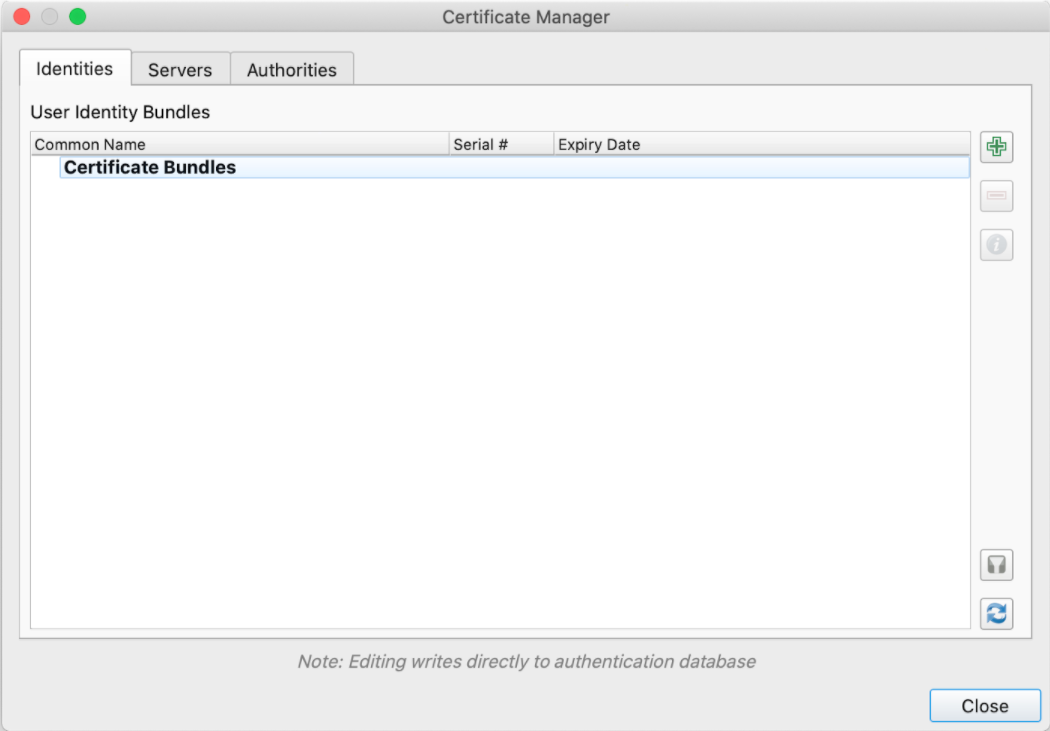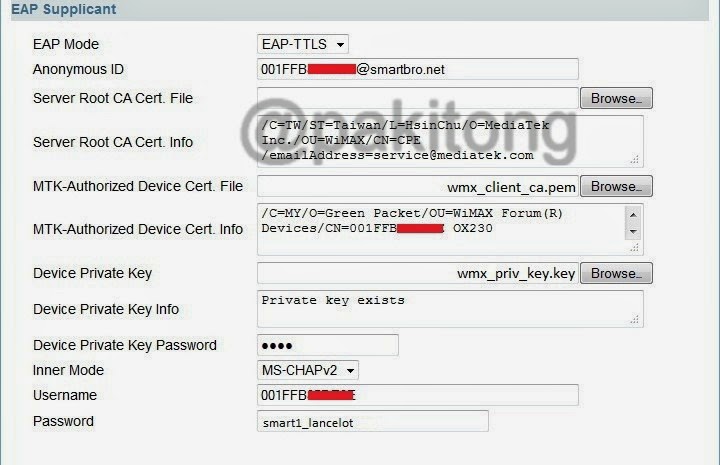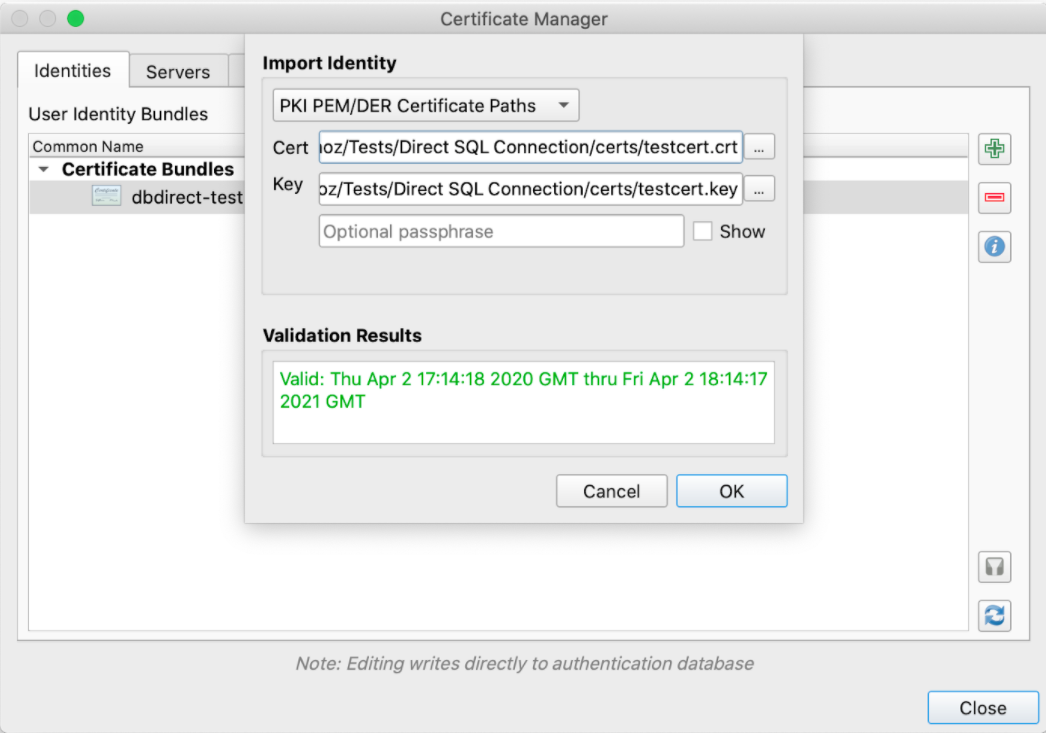

- #Using a .pem key for authentication rbrowser generator#
- #Using a .pem key for authentication rbrowser password#
So they will be able to log in to your server under your account. There is a problem with this: if your private key is stored unprotected on your own computer, then anybody who gains access to that will be able to generate signatures as if they were you. And signatures cannot be re-used, so they have gained nothing.
#Using a .pem key for authentication rbrowser password#
Now if the server is hacked or spoofed, the attacker does not gain your private key or password they only gain one signature. The server can verify that signature (since it has your public key) and allow you to log in. Then, when the server asks you to prove who you are, PuTTY can generate a signature using your private key. So you generate a key pair on your own computer, and you copy the public key to the server. A signature created using your private key cannot be forged by anybody who does not have that key but anybody who has your public key can verify that a particular signature is genuine. The private key is able to generate signatures. You generate a key pair, consisting of a public key (which everybody is allowed to know) and a private key (which you keep secret and do not give to anybody). Public key authentication solves this problem.

This means that if the server has been hacked, or spoofed (see section 2.2), an attacker can learn your password. The only way to prove you know the password is to tell the server what you think the password is. In conventional password authentication, you prove you are who you claim to be by proving that you know the correct password. It is more secure and more flexible, but more difficult to set up. Public key authentication is an alternative means of identifying yourself to a login server, instead of typing a password.

#Using a .pem key for authentication rbrowser generator#
8.2 Using PuTTYgen, the PuTTY key generator.8.1 Public key authentication - an introduction.Chapter 8: Using public keys for SSH authentication.


 0 kommentar(er)
0 kommentar(er)
